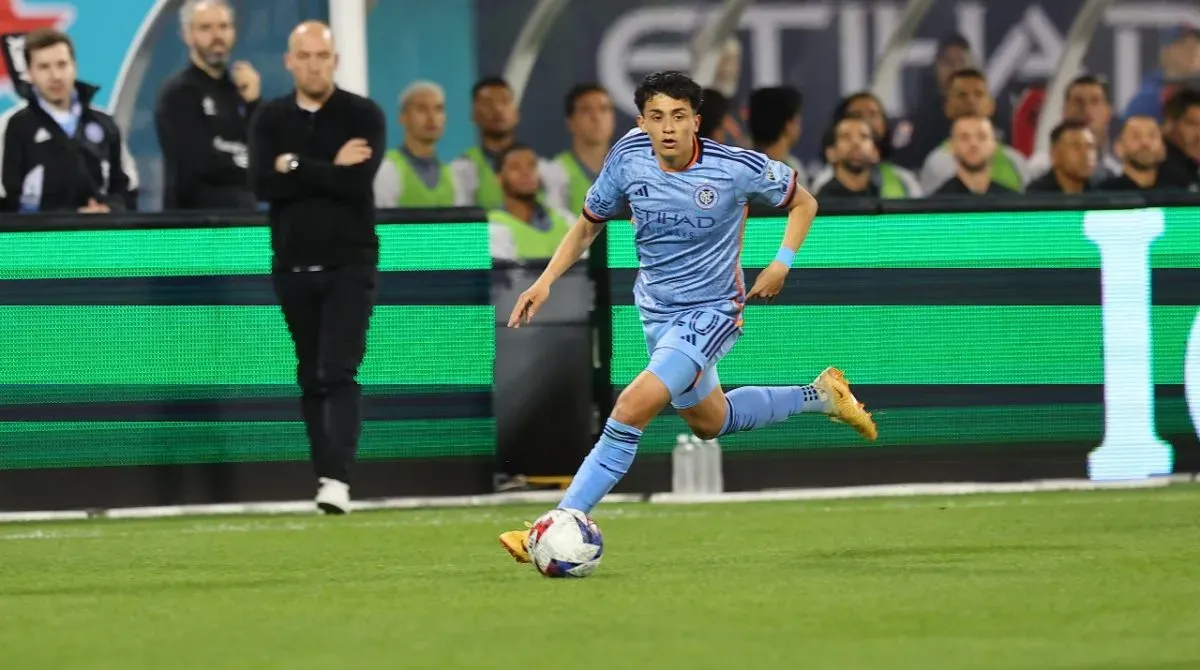
Scottish Premiership teams have officially voted to ban artificial pitches. The move, however, has not been done with immediate effect. Instead, league officials will give teams with fake fields until the start of the 2026/27 season to implement real grass. The issue was recently determined by a vote from the 12 top-flight teams in the division.
“The SPFL Board has granted a two-year period to allow clubs with an artificial pitch to plan for the phasing out of artificial pitches in the top tier of Scottish football,” the Scottish Professional Football League said in a statement released on Friday. “This period of grace is in line with recommendations of the SPFL Competitions Working Group, which represents member clubs across the SPFL.”
“The SPFL Board recently approved plans for a Premiership-wide project to work with a leading pitch consultancy firm, which is regularly used by UEFA, to improve the standards of grass pitches in the cinch Premiership. The SPFL will be engaging with Premiership clubs on this project ahead of the new season.”
Following Livingston’s recent relegation, Kilmarnock is now the only Scottish Premiership club to use an artificial pitch. The fake field came to Rugby Park back in 2014. Kilmarnock, however, already has plans in place to return to real grass next year.
Medical studies show that players are generally safer on real grass
The topic of artificial turf in stadiums has been debated for decades now. Many say that the fake stuff tends to create more injury issues for players. Several studies conducted in recent years back up these claims. Problems with anterior cruciate ligaments (ACL), medial collateral ligaments (MCL), and Achilles injuries are typically the main concerns with athletes making certain movements on artificial turf.
A study in 2018 reviewed around 4,800 foot and leg injuries to professional American football players. It was later determined that at least 300 of these injuries would not have occurred if the athletes were playing on real grass. In all, the study found that artificial turf specifically led to around 20% more non-contact injuries.
Several Major League Soccer stars have voiced their concerns over playing on the dubious surface. This includes Thierry Henry, Inter Miami co-owner David Beckham, and his current superstar Lionel Messi. The Argentine World Cup winner played on artificial turf this season. Yet, he missed a recent matchup with Vancouver despite no concerns about fitness. The Whitecaps are currently one of a handful of MLS teams to use fake fields.
Messi, however, is not the only current MLS star to have concerns on the pitch. USMNT defender Miles Robinson previously suffered a serious Achilles injury in 2022 while playing for Atlanta. After missing more than 270 total days because of the setback, the center-back opted to sign with Cincinnati earlier this year. Robinson claimed that moving away from a club that uses artificial turf was a deciding factor.
Our Pick:Includes: Every regular season game, MLS Cup Playoffs, Leagues Cup, & More |
 |
MLS officials unlikely to ban artificial turf anytime soon
While players have issues with fake fields, MLS will likely not make a similar move as the Scottish Premiership. According to reports, installing natural grass inside arenas can cost somewhere between $600,000 and $900,000. Not only is the initial price of the move immensely costly, but teams then have to maintain the grass as well. This is a massive undertaking for many clubs.
A majority of MLS teams that use artificial turf also share stadiums with National Football League teams. Because of the massive finances involved in the NFL, a decision will likely happen without the NFL’s approval. Fake fields were first introduced back in 1966 when Major League Baseball’s Houston Astros erected the Astrodome.
PHOTOS: IMAGO
200+ Channels With Sports & News
- Starting price: $33/mo. for fubo Latino Package
- Watch Premier League, Liga MX & Copa Libertadores
The New Home of MLS
- Price: $14.99/mo. for MLS Season Pass
- Watch every MLS game including playoffs & Leagues Cup
Many Sports & ESPN Originals
- Price: $10.99/mo. (or get ESPN+, Hulu & Disney+ for $14.99/mo.)
- Features Bundesliga, LaLiga, NWSL, & USL
2,000+ soccer games per year
- Price: $7.99/mo
- Features Champions League, Serie A, Europa League & EFL
175 Premier League Games & PL TV
- Starting price: $7.99/mo. for Peacock Premium
- Watch 175 exclusive EPL games per season






